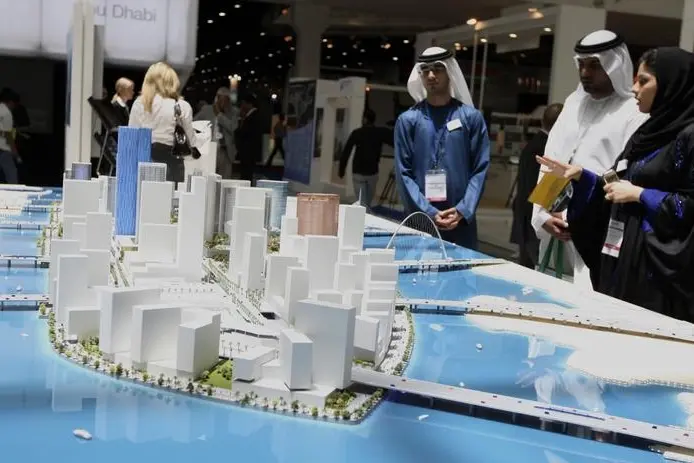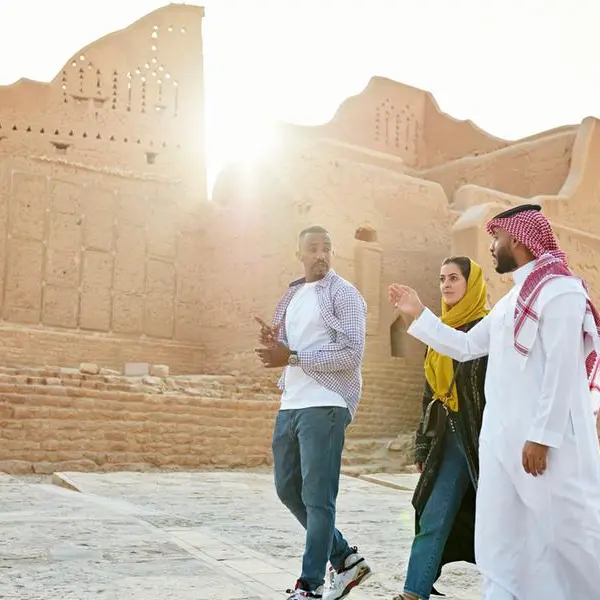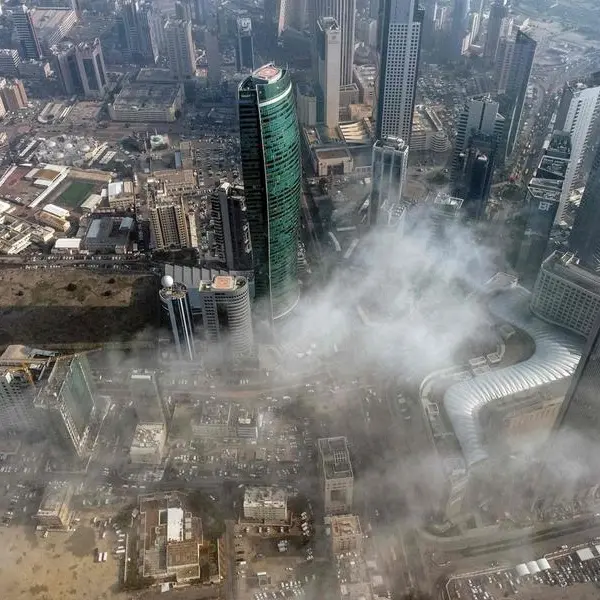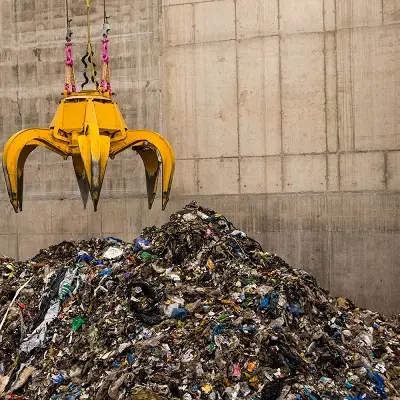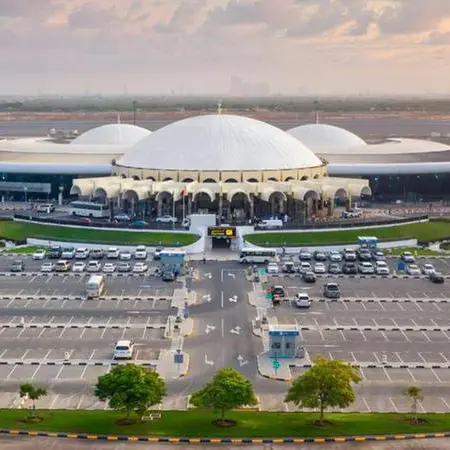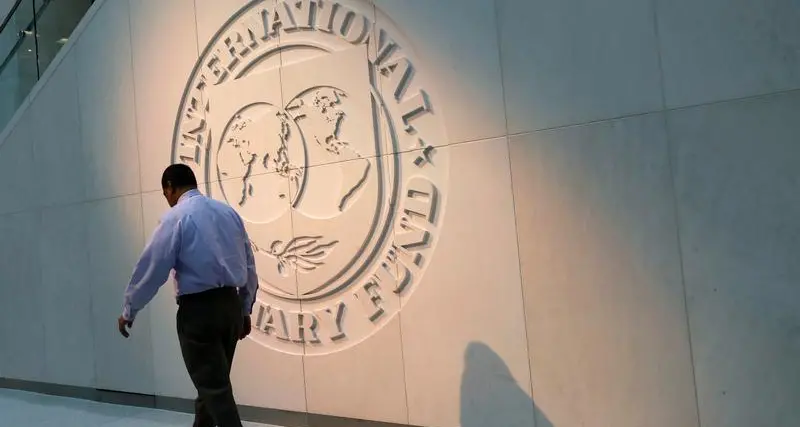PHOTO
Monday, Jul 27, 2015
Dubai: There is not much respite for Abu Dhabi’s residents as property values - and rents - remain stuck at higher levels as no new homes got delivered in the first six months of the year.
This contrasts sharply with the situation in Dubai, where a combination of fresh supply and weak demand has led to lower selling prices. Rentals too have been seeing softening though nowhere near what property values have been experiencing.
But Abu Dhabi should see some new - and from a tenant’s perspective, welcome - supply emerging late in the second-half of the year. In a new report, the property consultancy JLL estimates an additional 6,000 completed homes being handed over. These would include The Views in Saraya, Hydra Avenue and The Wave on Reem Island, C59 in Rawdhat and Amwaj 2 in Al Raha Beach.
Another 6,000 units are expected next year, while 2017 could see it rise to 13,000 new homes.
As of now, Abu Dhabi’s overall housing stock is around 244,000 units, according to JLL.
Home prices remained unchanged in the second quarter after ratcheting higher by 25 per cent on an annual basis in the last two years, based on JLL estimates.
While individual investors were hesitant, institutional buyers still found value from buying in now. Bahrain based investment firm Arcapita recently confirmed buying into Phase 1 of the Saadiyat Beach Residences in the emirate. The deal was for 285 one- to three-bedroom apartments.
“Following a two year bull-run we are currently going through a period of mid-cycle stabilisation,” said David Dudley, International Director and Head of Abu Dhabi Office at JLL MENA. “The softening of demand principally stems from the decline in oil prices, directly affecting Abu Dhabi’s dominant petro-chemicals sector, but also leading to a reduction in domestic government spending as the government re-prioritises its projects and a decline in investor sentiment.”
But none of this would matter for mid-income households in rented properties. Again unlike in Dubai, where some high-end freehold clusters and older properties in non-freehold areas have seen some corrections, Abu Dhabi’s residential rents have felt little or no change on the down side.
“We are expecting single digit rental growth during 2015, following 17 per cent growth in 2013 and 11 per cent in 2014, as supply and demand become more balanced,” said Dudley. Within quality locations, vacancy rates are minimal.
For a return of high demand, the emirate’s property market will need to see some government intervention.
“Employment creation and residential demand growth will continue to be sustained from projects commenced while oil prices were high - with projects such as the airport and Etihad expansion having an economic multiplier effect,” said Dudley.
“However, the extent to which conditions remain stable over the next year or so very much depends on the government’s spending plans. With an increasing cost of living and a reduction in demand, we are currently at a ‘tipping point’, with market stability very much dependent on the government continuing to invest in to major new infrastructure and economic development projects.”
By Manoj Nair Associate Editor
Gulf News 2015. All rights reserved.
